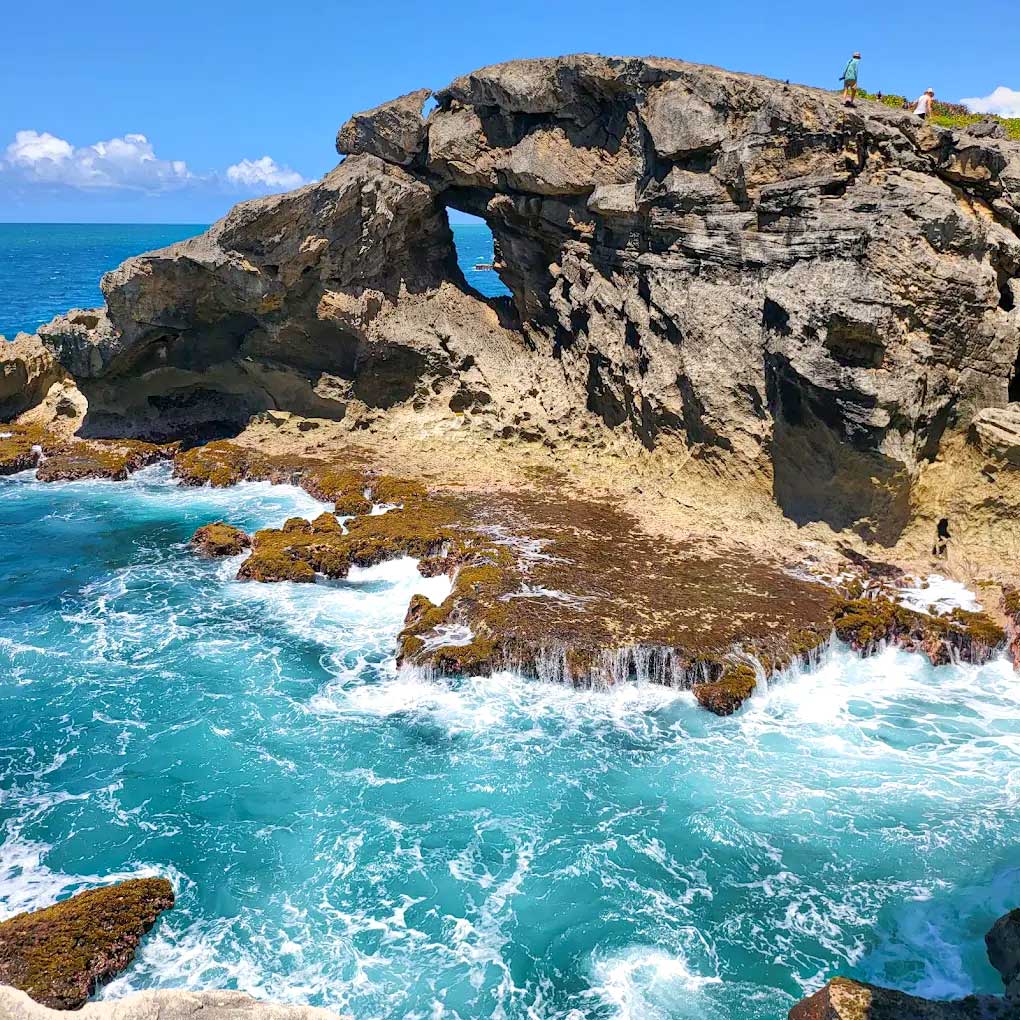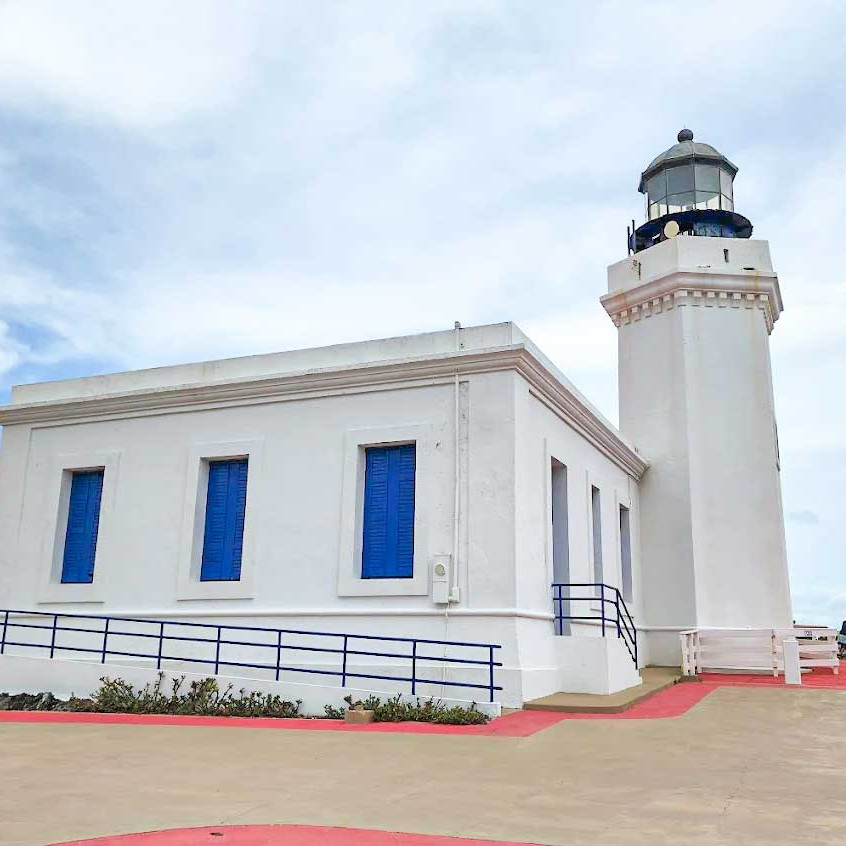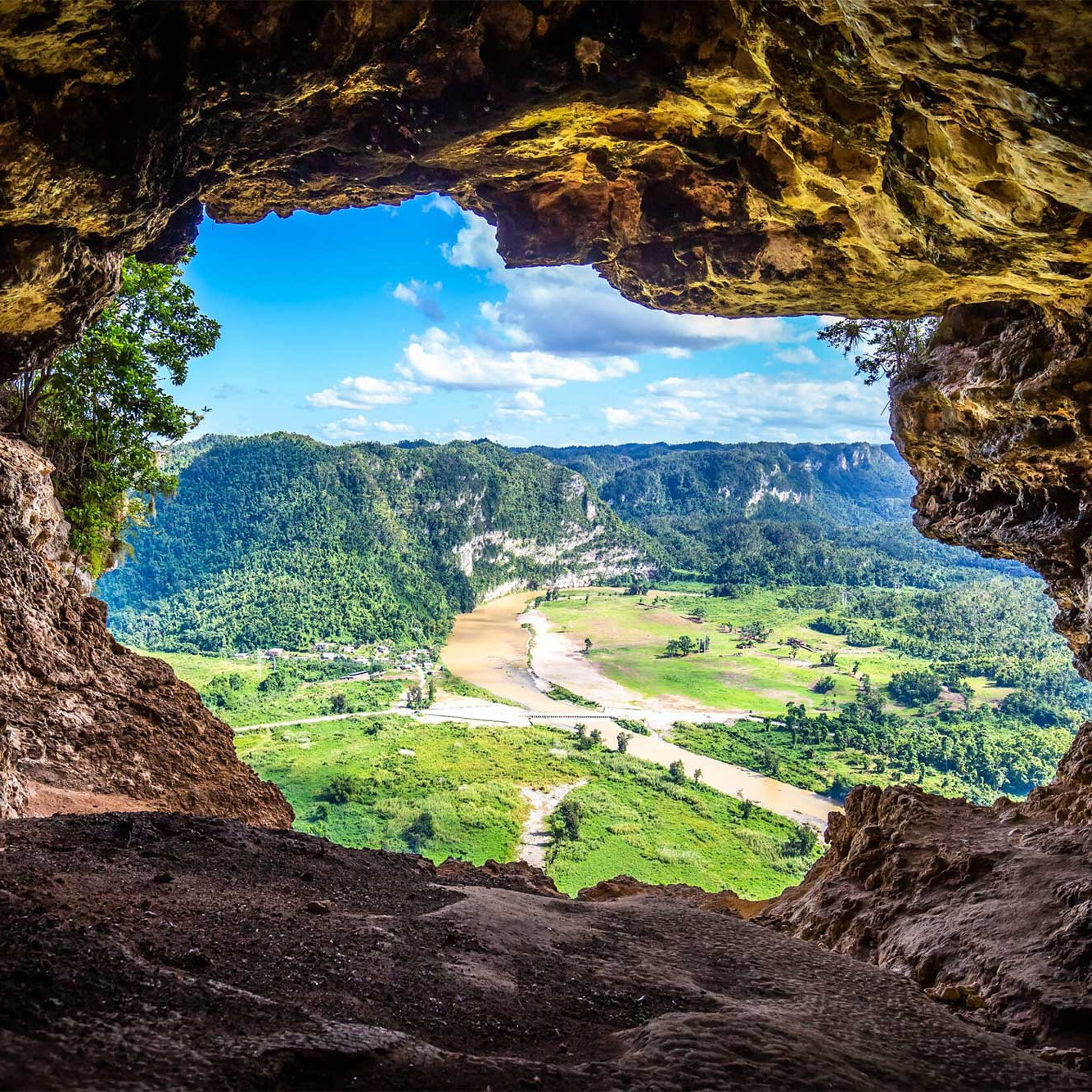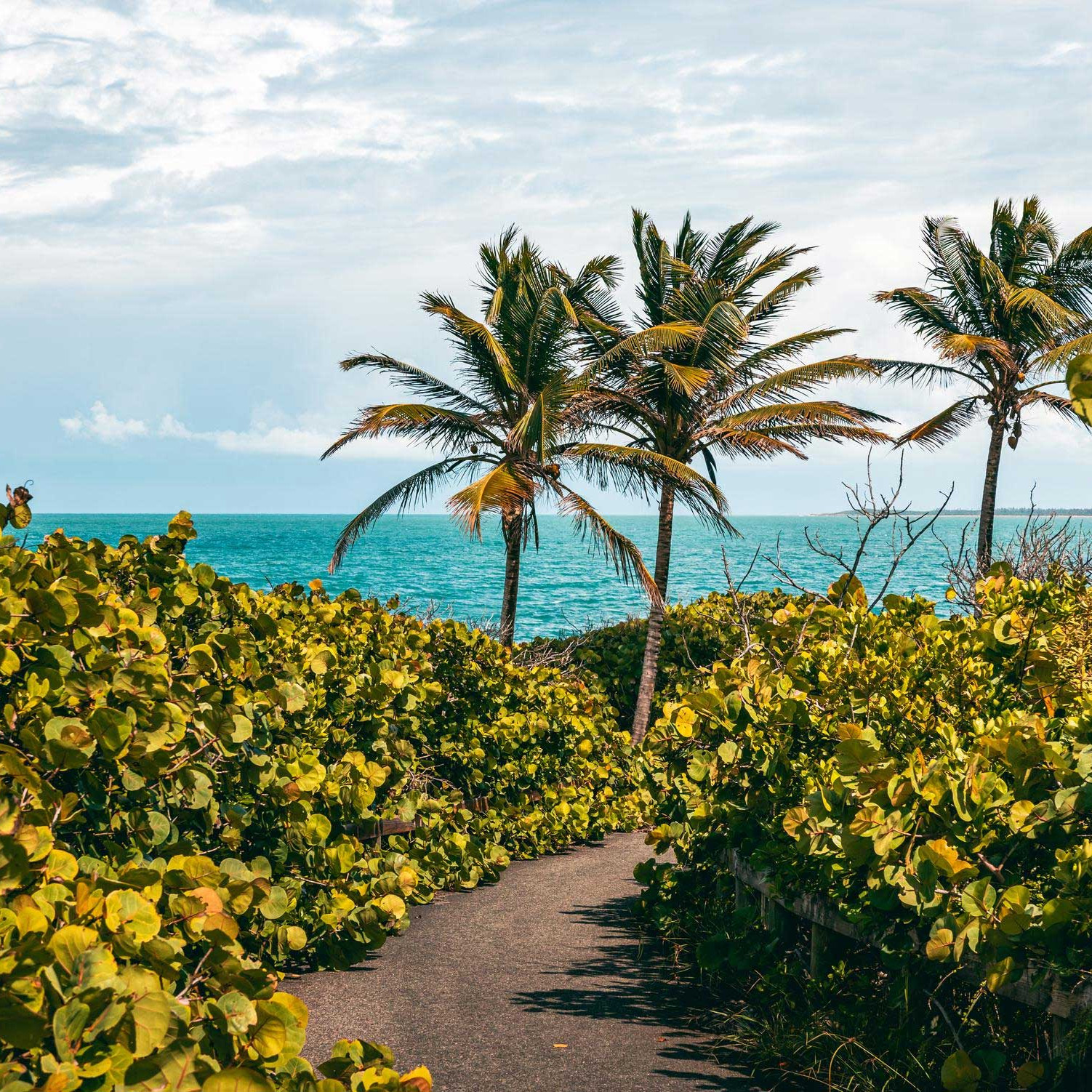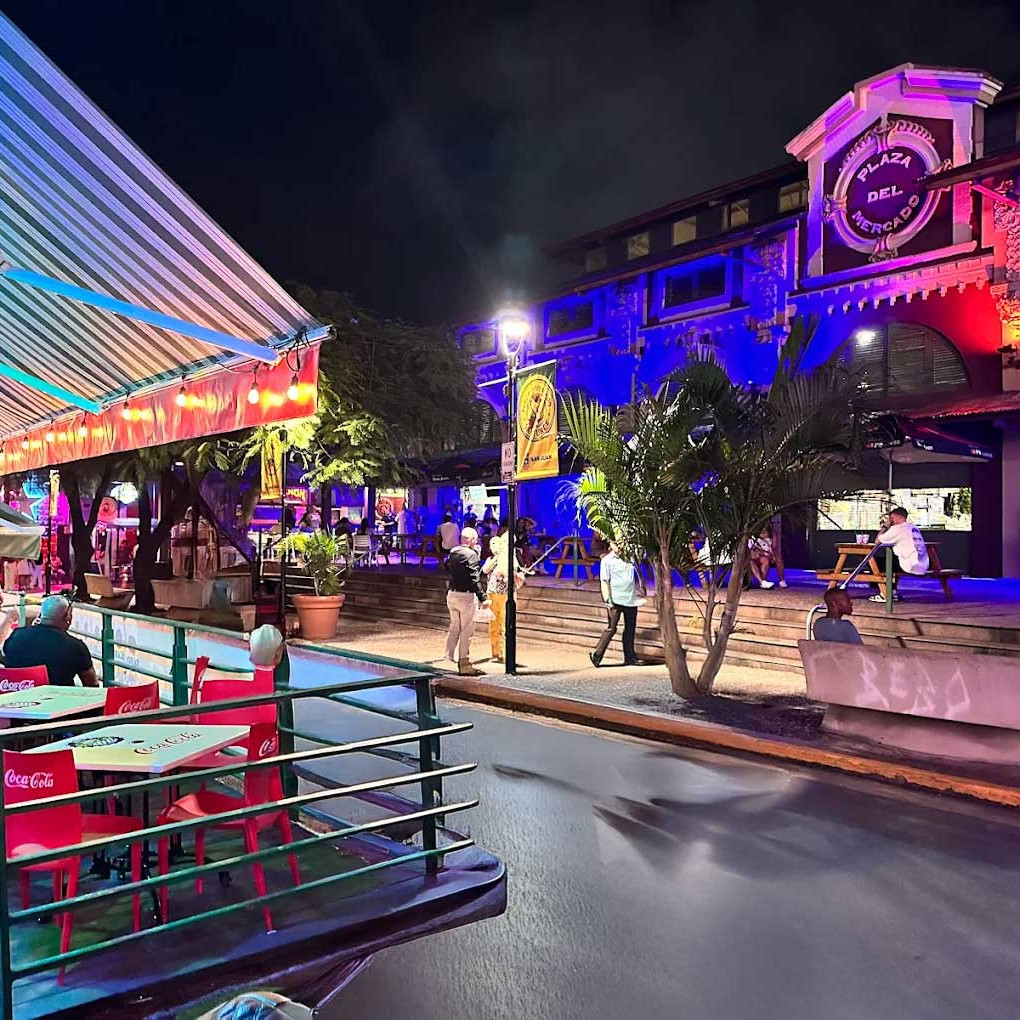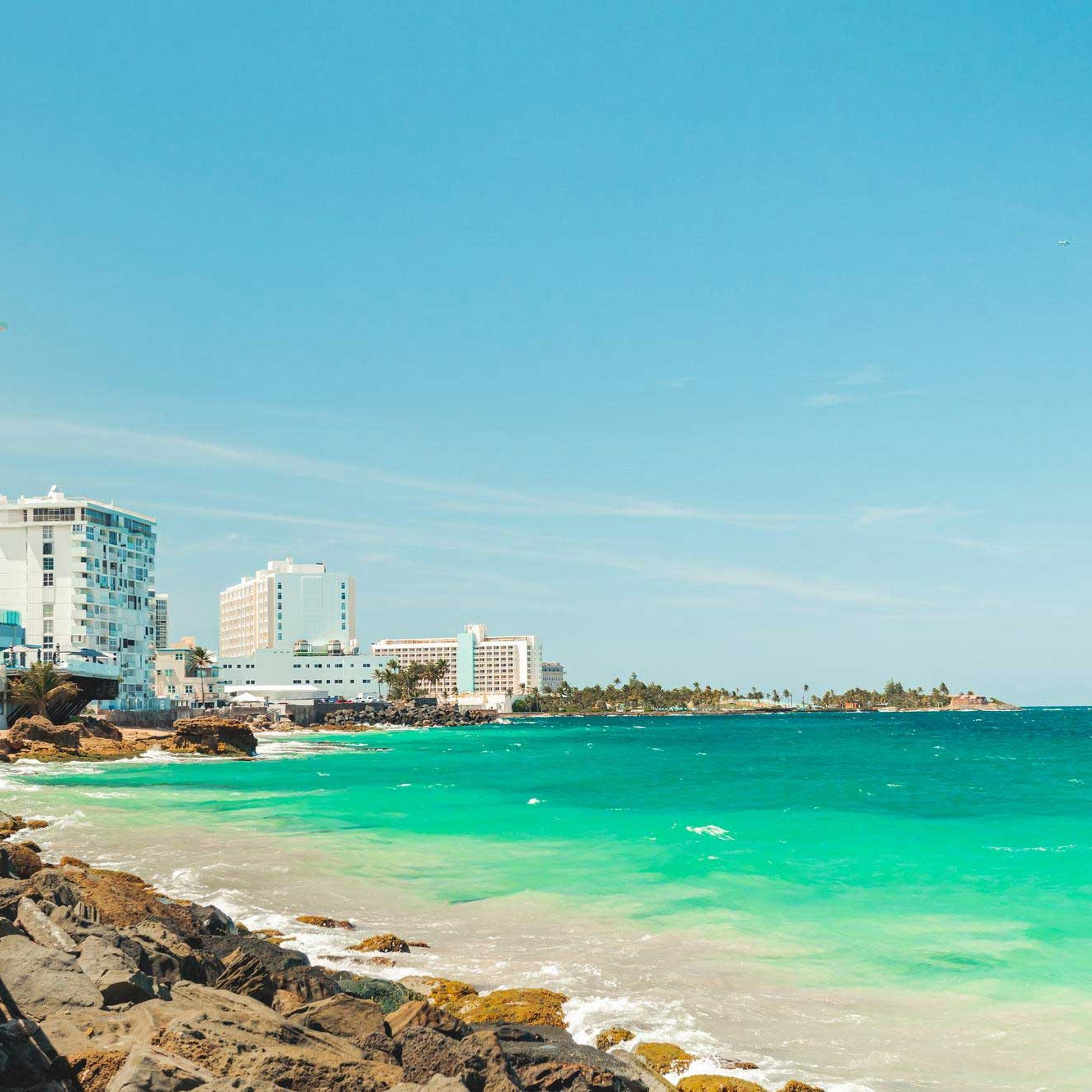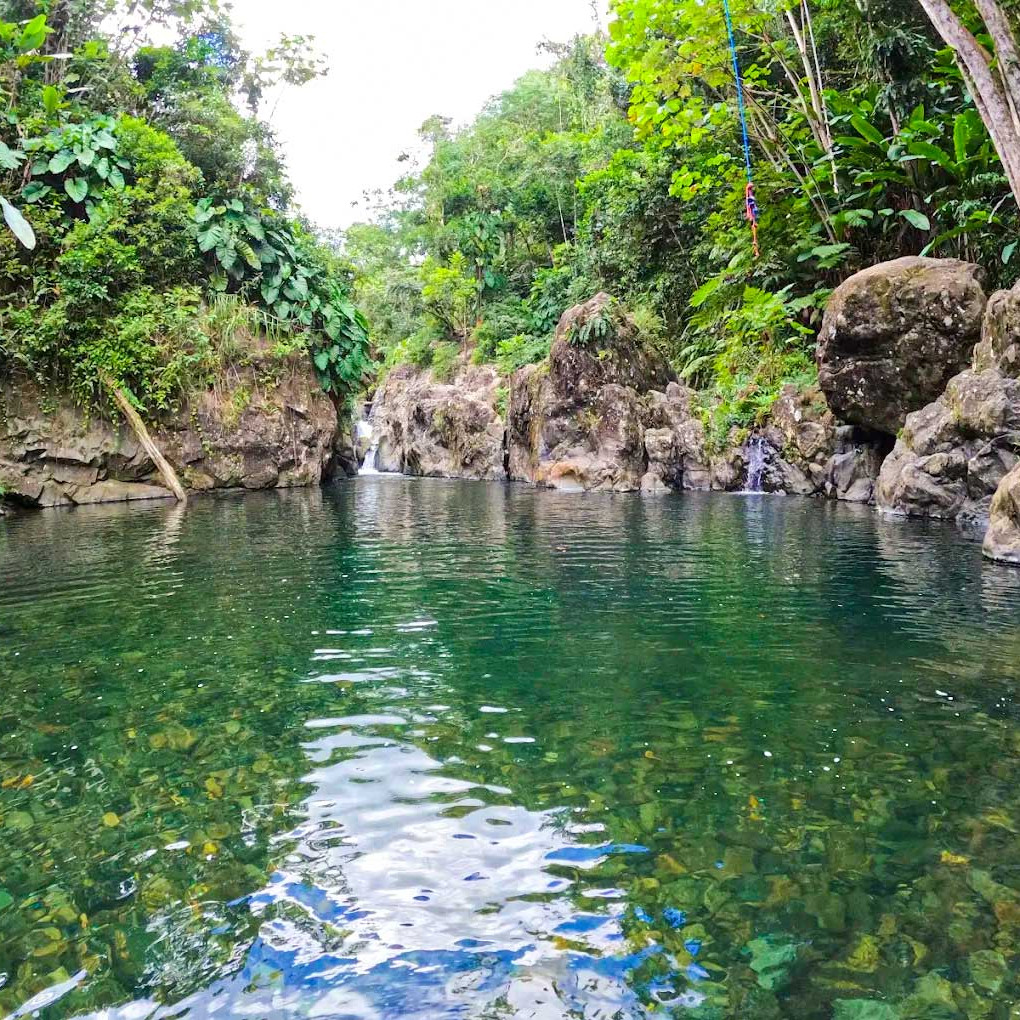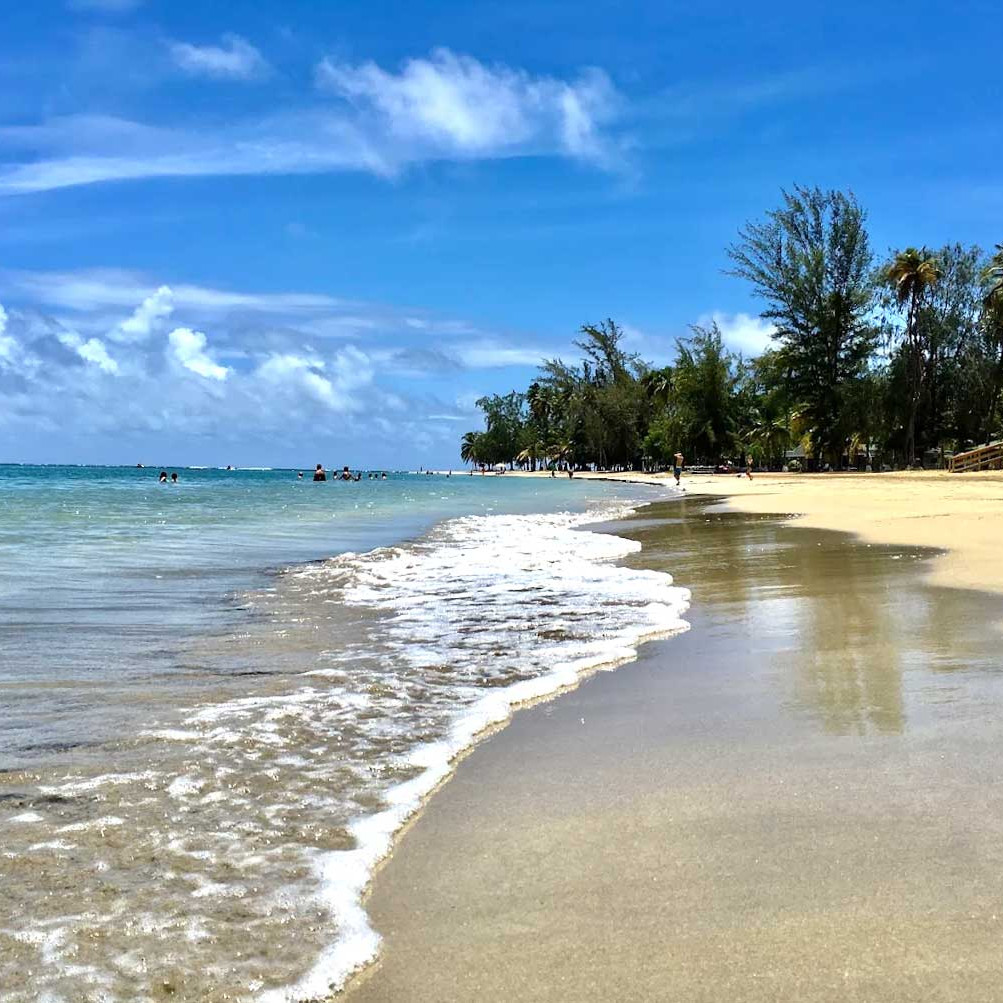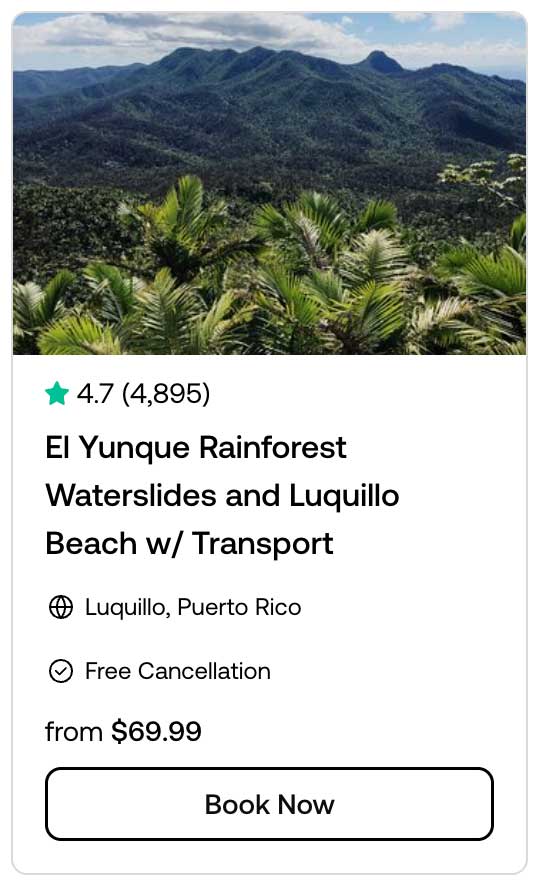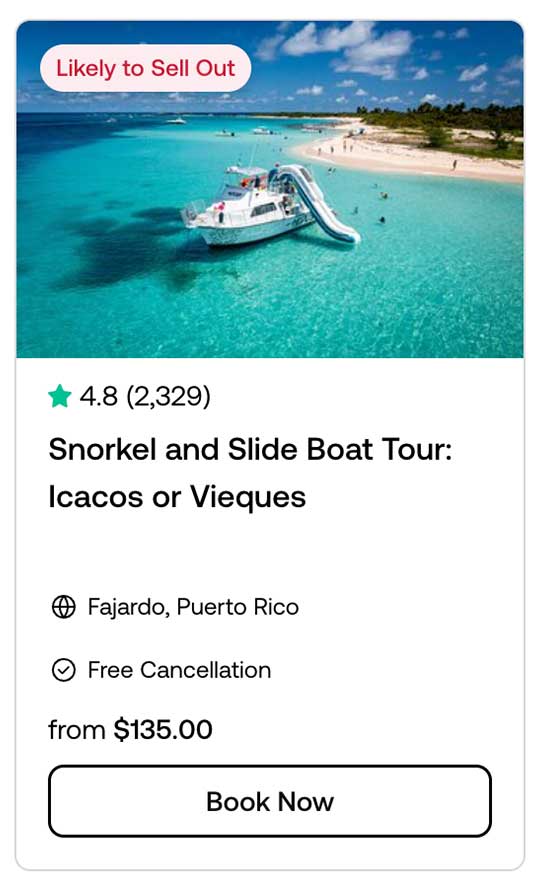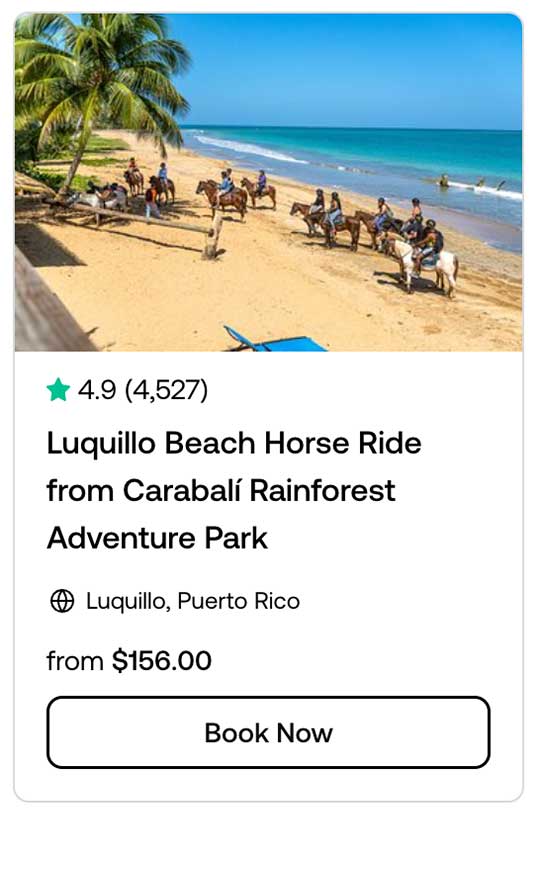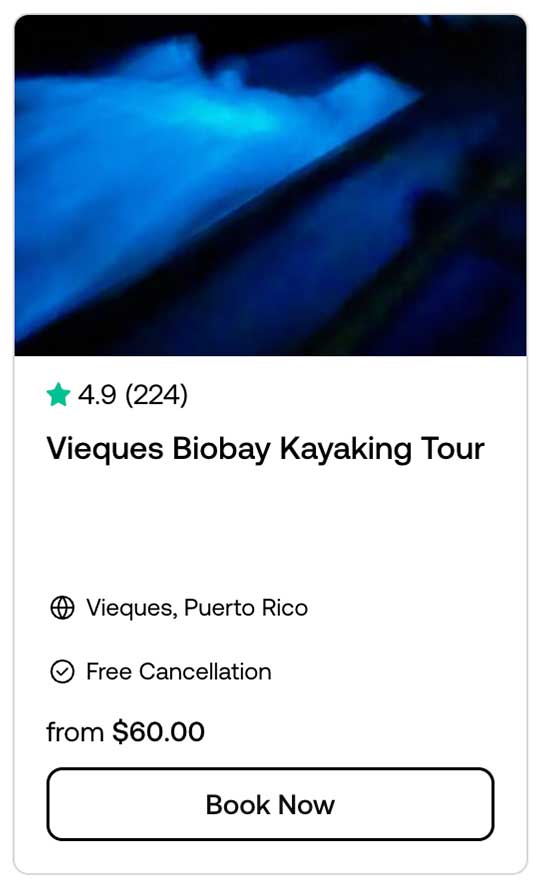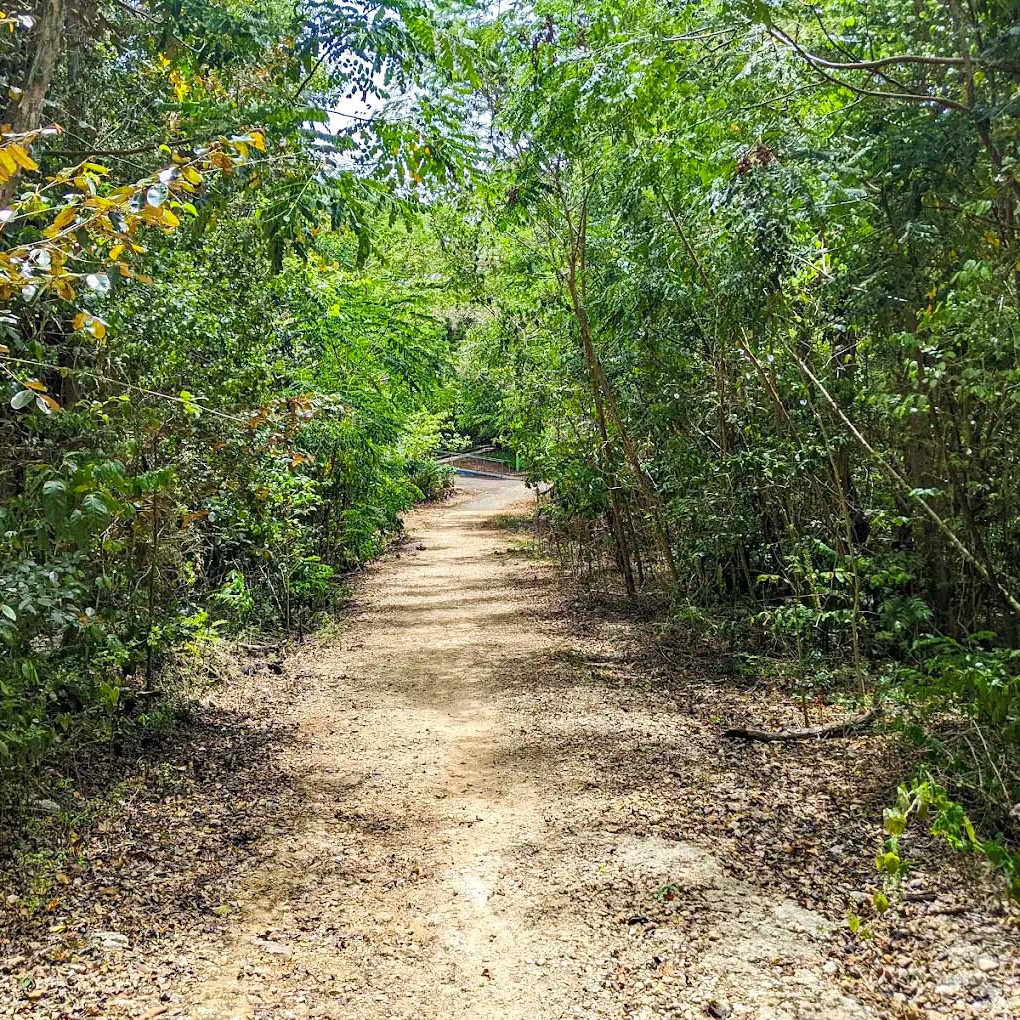
Cambalache Forest Park
A Guide to Puerto Rico’s Northern Karst Woodland
Bosque Estatal de Cambalache (Cambalache State Forest), sometimes called Cambalache Forest Park, is a protected woodland area spanning parts of Arecibo and Barceloneta in northern Puerto Rico.
It protects an example of Puerto Rico’s karst terrain, with mogotes (limestone hills) and forested valleys. For travelers, it offers an opportunity to walk, bike, observe birds, or camp in a woodland setting away from coastal zones.
Below is a breakdown of what to expect, how to get there, and tips for making a visit.
What to See and Do
Trails & Hiking
- The main trail loop is approximately 5.2 miles (8.4 km), with an elevation gain of around 849 ft.
- Trail signage is present, but some intersections can be confusing.
- The terrain includes forest understory, limestone features, and shaded paths.
- Watch for shared use: hikers and mountain bikers both use parts of the trails.
Biking
- Cambalache is among the few places in Puerto Rico with decent mountain bike trails through shaded forest.
- Some trails are less maintained; permits may be required for cycling.
- Trail conditions may include mud, roots, rocks, and slippery sections, especially after rain.
Birding & Wildlife
- The forest hosts a variety of native and endemic bird species, including Puerto Rican tody, Puerto Rican flycatcher, Puerto Rican lizard cuckoo, Adelaide’s warbler, and Puerto Rican bullfinch.
- Other fauna include reptiles, bats (notably in caves or crevices), and insects.
- As with many forest environments, early morning or late afternoon may offer better wildlife activity.
Picnic & Camping Facilities
- Near the entrance, there is a recreation / picnic area with a large pavilion and several smaller ones.
- Some picnic spots are along an accessible forest path.
- In terms of camping: there is a campsite area with showers (though reports say the shower heads may not always function) and bathrooms, accessible via key from the ranger station.
- Permits are required for camping or group activities; you must arrange them in advance via the Department of Natural and Environmental Resources (DRNA).
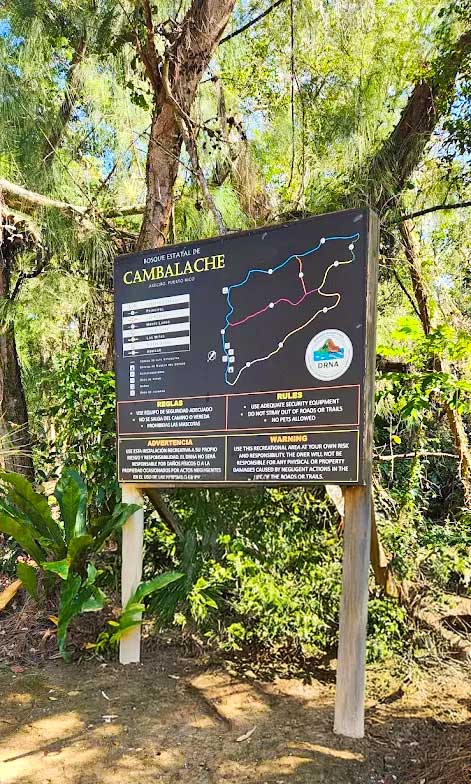
History and Environment
Cambalache was established in 1943 as an experimental forest under the U.S. Forest Service and later became part of Puerto Rico’s state forest system. The goal was to study and protect the karst ecosystem that defines much of the island’s northern interior. The forest sits at low elevation — mostly under 160 feet above sea level — and receives over 50 inches of rain each year, supporting a mix of moist and dry tropical vegetation.
The karst landscape gives Cambalache its distinctive look. Steep, rounded limestone hills known as mogotes rise between shallow valleys, creating a varied environment where different plant communities coexist in a small area. This combination of geology and vegetation supports diverse wildlife, from birds and reptiles to amphibians and insects, many of which are found only in Puerto Rico.
Visitor Tips
Cambalache is a low-key, natural area, and amenities are limited. It’s best to bring your own water, snacks, and insect repellent, as there are no food vendors inside the park. Some bathrooms may lack paper or running water, and cellular reception can be weak in parts of the forest. If you plan to hike, start early in the day to avoid the midday heat and afternoon showers. During the rainy season, from late summer through fall, trails may be muddy and harder to follow.
Because the park’s roads and facilities are not always maintained, it’s good to keep expectations modest — the draw here is the quiet, the shade, and the sense of being in a living forest rather than a manicured park. With a bit of preparation, it’s a pleasant and authentic outdoor stop along Puerto Rico’s north coast.
Location
Hours & Info
Hours: Monday through Friday from 7:00 AM to 6:00 PM, and on weekends (Saturday and Sunday) from 8:00 AM to 5:00 PM
Entrance fee: Free entrance
More things to do in Puerto Rico
Cueva del Indio
Explore Cueva del Indio in Arecibo, Puerto Rico, known for its prehistoric Taíno petroglyphs, natural rock formations, and striking...
Arecibo Lighthouse
Discover Arecibo Lighthouse in Puerto Rico, a historic 19th-century structure with panoramic views of the Atlantic, exhibits on maritime...
Cueva Ventana
Learn about Cueva Ventana in Puerto Rico, a limestone cave with a natural opening overlooking the Río Grande de Arecibo. Find out its...
Piñones
Discover Piñones in Puerto Rico, a coastal area east of San Juan known for its beaches, mangroves, bike trails, and street food kiosks...
La Placita de Santurce
Discover La Placita de Santurce in San Juan, Puerto Rico. Learn about its history, what to expect, and practical tips for visiting this...
Condado
Learn about Condado in San Juan, Puerto Rico. Explore its beaches, dining, and location, along with practical information for visiting..
Charco Frío
Discover Charco Frío in Naguabo, Puerto Rico, a freshwater swimming hole surrounded by greenery. Learn about its location...
Luquillo Beach
Visit Luquillo Beach in Puerto Rico, a family-friendly destination near San Juan known for its calm waters, golden sand, and nearby food...
Are you ready to start discovering Puerto Rico?
If you prefer organized experiences, tours can be a good way to explore Puerto Rico and beyond without handling logistics. This is the list of our recommended tours


